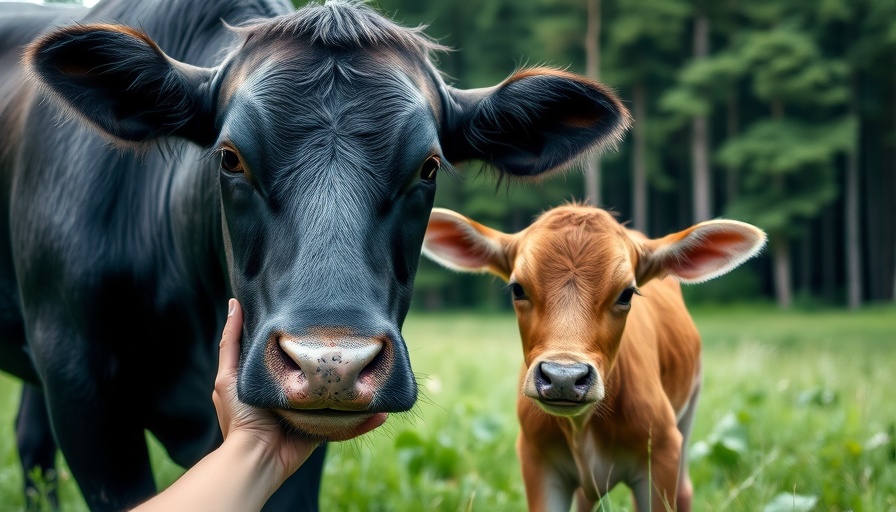
The Current Landscape of Bird Flu Threats
The latest findings from the CDC indicate that the H5N1 bird flu virus is quietly spreading among select human populations, as evidenced by three newly reported asymptomatic cases involving veterinarians. While there are fears of a potential pandemic, experts remain firm that the overall risk to humans is still quite low. With millions of birds affected across 51 states, public health officials are monitoring the situation closely.
Understanding the Mutability of Bird Flu
Scientists are increasingly concerned that the bird flu virus could mutate, potentially allowing easier transmission among humans. The correlation between current cases and previous outbreaks highlights the importance of vigilance. With the emergence of hybrid “reassorted” viruses—where two different strains swap genetic material—the potential for increased virulence is a fact that healthcare professionals and patients alike must remain aware of.
What Does This Mean for You?
As a patient or healthcare professional, the concept of a bird flu pandemic can evoke anxiety. However, it’s crucial to consider the context: while cases have been recorded, most infections occur through direct contact with birds or contaminated environments. The careful approach advised includes maintaining good hygiene practices, especially for those who work closely with animals.
Precautionary Measures to Take
Those who manage backyard flocks or interact with poultry should implement preventive strategies, such as using gloves when handling bird feeders and practicing strict hygiene afterward. Experts suggest minimizing exposure to wildlife and remaining informed about outbreaks in local areas. Although a bird flu vaccine is being developed for poultry, its rollout will primarily target those at highest risk, keeping in mind that the vaccine for humans is conditional on the threat level.
The Future of Bird Flu: What Experts Say
“We cannot underestimate the possibility of another influenza pandemic, which could arise from mutations in the bird flu virus,” warns Dr. William Schaffner. Despite the uncertainties, public health initiatives are already in place to monitor the mutation landscape through rigorous surveillance programs. As ongoing research continues to decode the avian flu virus, readiness and resilience remain key components in our public health strategy.
The bird flu situation, though concerning, is one we can manage with informed awareness and proactive measures. While we can’t predict a pandemic’s onset, we can prepare ourselves by understanding the real risks involved and taking necessary precautions.
 Add Row
Add Row  Add
Add 


Write A Comment